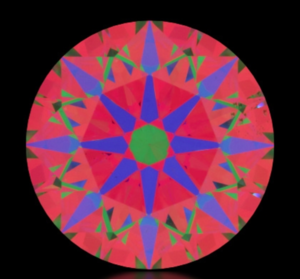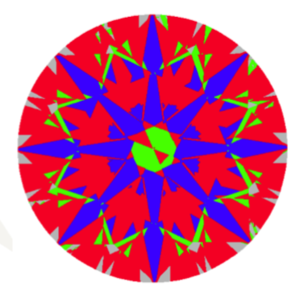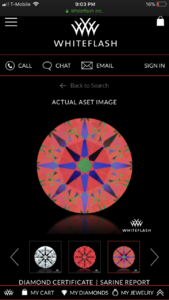Can anyone explain why there is a very noticeable difference between the ASET images from WhiteFlash and from AGS for this one particular diamond I bought? As you can see below, the AGS image has a lot more blue around the center than the WhiteFlash image. I understand that AGS images are computer generated, but that shouldn't result in large differences, right?
This is rather concerning, since I bought this diamond, and other ACA diamonds do not have this discrepancy. While we're here, what do you guys think of the cut and light performance?
The purchase was recent and thus still returnable.
Link to diamond: https://www.whiteflash.com/loose-diamonds/round-cut-loose-diamond-3995840.htm


This is rather concerning, since I bought this diamond, and other ACA diamonds do not have this discrepancy. While we're here, what do you guys think of the cut and light performance?
The purchase was recent and thus still returnable.
Link to diamond: https://www.whiteflash.com/loose-diamonds/round-cut-loose-diamond-3995840.htm






300x240.png)